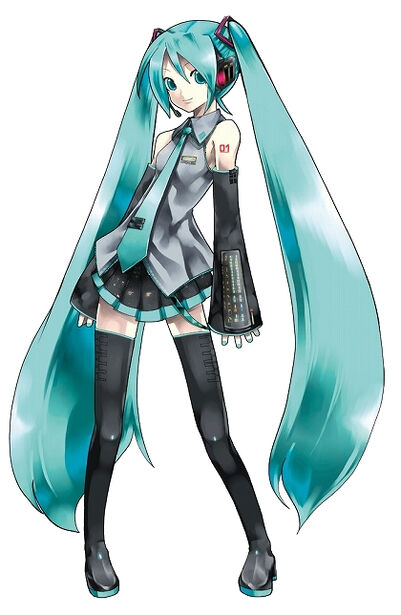Vocaloid
What is Vocaloid ?
Vocaloid (ボーカロイド Bōkaroido) is a singing voice synthesizer. Its signal processing part was developed through a joint research project led by Kenmochi Hideki at the Pompeu Fabra University in Barcelona, Catalonia, Spain, in 2000 (the same team that later founded Voctro Labs) and originally was not intended to be a full commercial project. Backed by the Yamaha Corporation, it developed the software into the commercial product "Vocaloid".The software enables users to synthesize singing by typing in lyrics and melody. It uses synthesizing technology with specially recorded vocals of voice actors or singers. To create a song, the user must input the melody and lyrics. A piano roll type interface is used to input the melody and the lyrics can be entered on each note. The software can change the stress of the pronunciations, add effects such as vibrato, or change the dynamics and tone of the voice. Each Vocaloid is sold as "a singer in a box" designed to act as a replacement for an actual singer.
The software was originally only available in English starting with the first Vocaloids Leon, Lola and Miriam and Japanese with Meiko and Kaito, but Vocaloid 3 has added support for Spanish for the Vocaloids Bruno, Clara and Maika; Chinese for Luo Tianyi and Yanhe; Korean for SeeU.
The software is intended for professional musicians as well as light computer music users and has so far sold on the idea that the only limits are the users' own skills. Japanese musical groups Livetune of Toy's Factory and Supercell of Sony Music Entertainment Japan have released their songs featuring Vocaloid as vocals. Japanese record label Exit Tunes of Quake Inc. also have released compilation albums featuring Vocaloids. Artists such as Mike Oldfield have also used Vocaloids within their work for back up singer vocals and sound samples.
SOFWARE HISTORY
Vocaloid
Vocaloid 2
Vocaloid 3
Vocaloid 4
Vocaloid Characters
- Leon & Lola
Release: 3 march 2004
Gender: leon ( male ) and lola ( female )
Leon & Lola were the first vocaloid releases. it was lola and leon apperance at the NAMM trade show.
2.Hatsune Miku

Name meaning : Hatsu (first) ne (sound) miku (future)
Release : 31 August 2007
Gender: Female
Age: 16
Height: 158cm
Hatsune miku were popular Vocaloid
THIS IS MY POST ABOUT VOCALOID THANKS
source : Wikipedia and All about vocaloid character


No comments:
Post a Comment